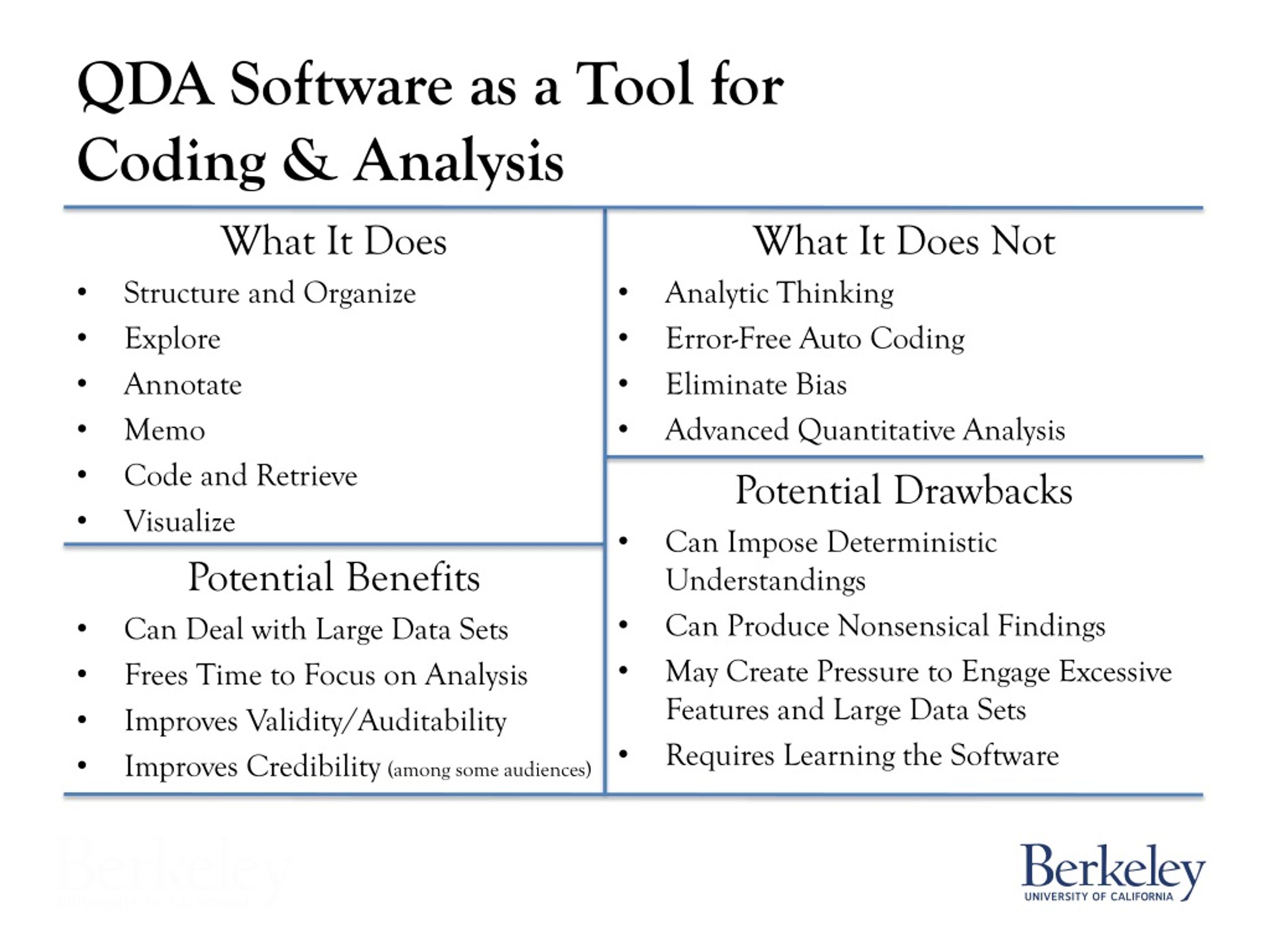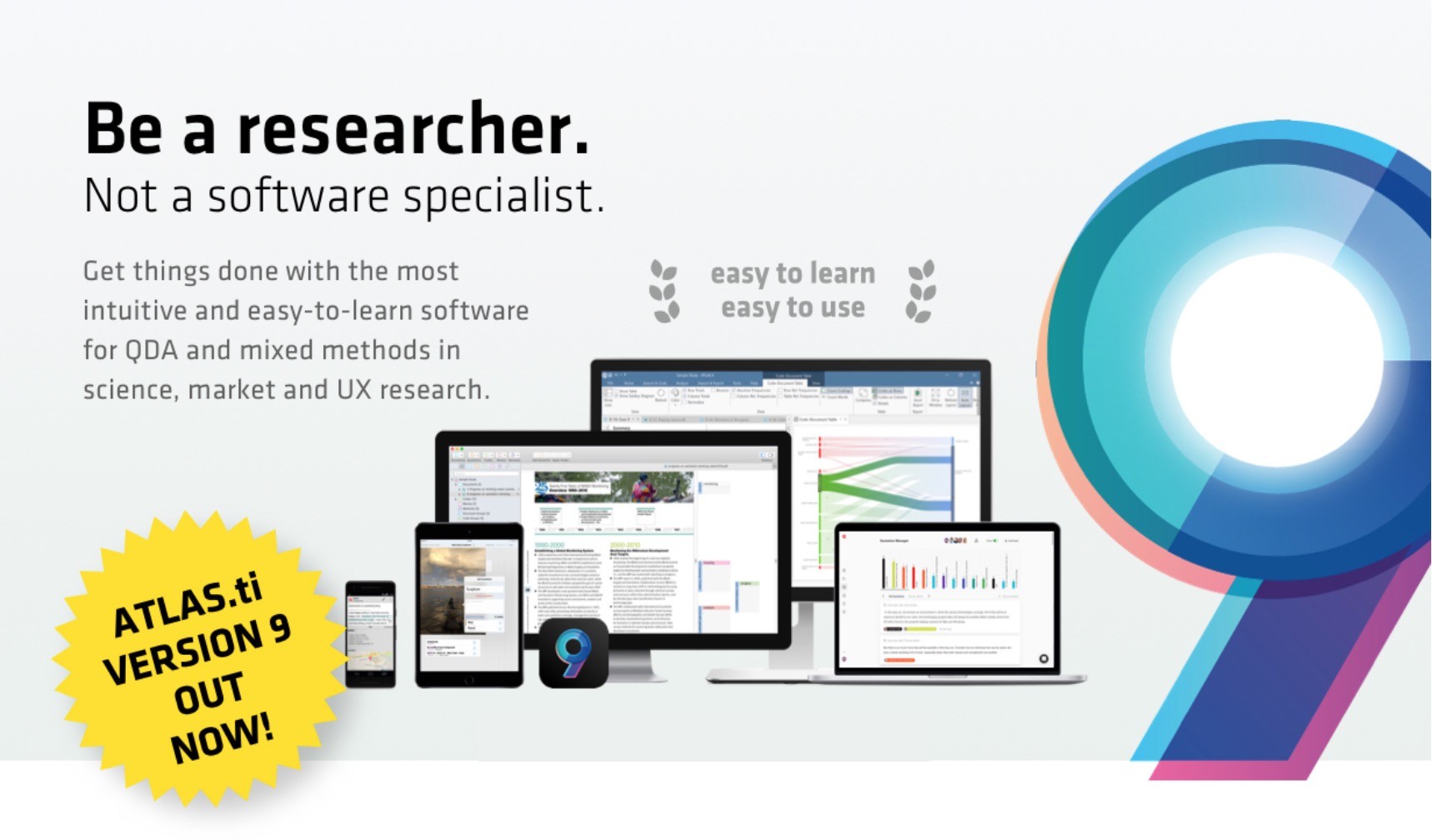
Finally, all data were interpreted by all investigators. Also, data were summarized as frequency ( n) and proportions (%) for interview questions that required numerical responses, such as types of COVID ICU settings, comfort with redeployment, daily unit activities, and decision-making.

Results of the analysis are presented by domain from the interview guide with report of the number (%) of intensivists who endorsed a concept within each theme. Thematic content analysis was used to derive themes from the data using an inductive approach. The data were arranged into sections for each category with distilled summaries of views and experiences. 6 On a paragraph-by-paragraph basis, labeled categories from the data were developed following a process of category saturation and relationships between categories were established in an iterative process. Two coinvestigators (E.C., A.D.), applied codes to the data in 5 of the transcripts and intercoder agreement was determined to be 90%. Transcripts were imported into ATLAS/ti version 9 (Berlin, Germany) and analyzed by the principal investigator (F.O.O.), with open coding of data and subsequent sorting of codes into meaningful categories. Each participant received a $100 gift card as a token of appreciation. Thereafter, transcripts were manually reviewed for accuracy by 2 investigators (F.O.O.

#ATLAS TI QUALITATIVE DATA ANALYSIS SOFTWARE#
Interviews were audio-recorded and transcribed verbatim to enable comprehensive analysis of their content using RevAI, a transcription software program (San Francisco, CA). The instrument was pilot tested with pediatric intensivists who were neither study participants nor redeployed.
.jpg)
After purposive sampling among eligible faculty who redeployed to provide adult COVID care by the site investigators, semistructured interviews were conducted by the principal investigator (F.O.O.) via a private video interface using a script ( Appendix 2) constructed with information from 2 sources: priorities for rapid-cycle research and evaluation projects on COVID-19 from AcademyHealth - the leading US health services research and policymaking organization, 5 and the authors’ experience during redeployment. Eligible study subjects were pediatric intensivists who redeployed to provide care to adults with COVID-19 at the study hospitals.


 0 kommentar(er)
0 kommentar(er)
